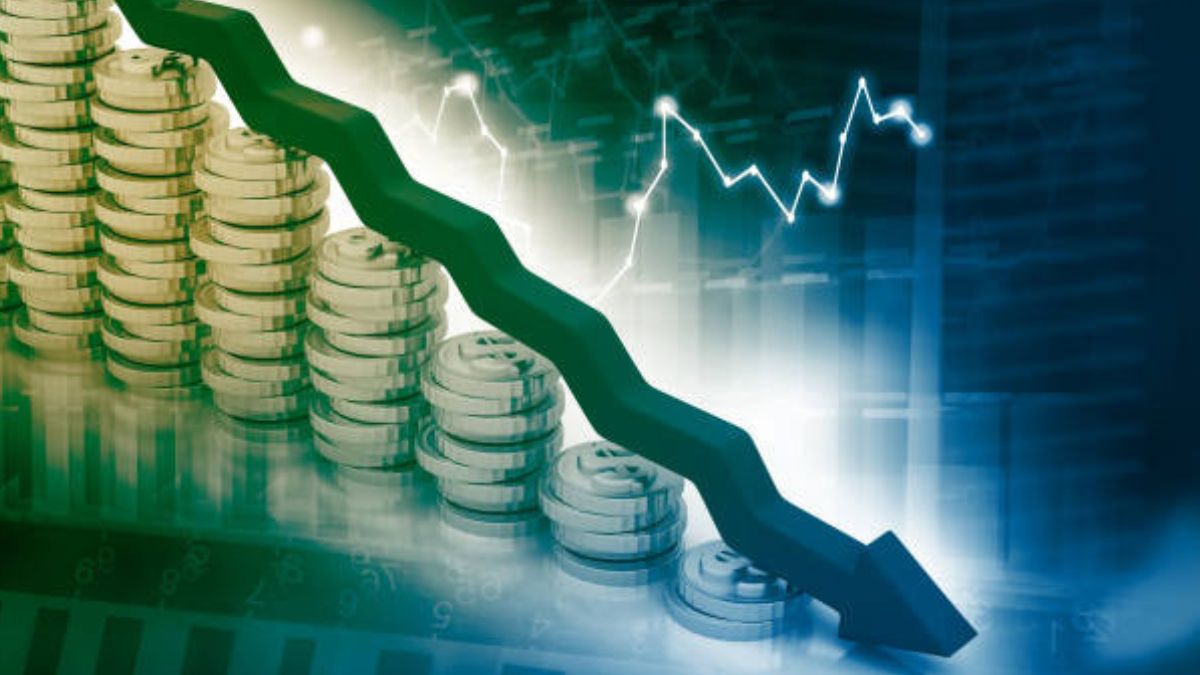- By Vaamanaa Sethi
- Fri, 21 Jul 2023 05:56 PM (IST)
- Source:JND
The reports about the US slipping into recession in the near future is slowly fading. As the Fed started raising interest rates last year, people were worried about the upcoming recession in the US.
However, now experts say that there are still no signs of recession even after reliable indicators were to be seen like the inverted yield curve flashed red flags.
Also read: Yatharth Hospital IPO: All You Need To Know About Stock Price, Issue Date And Other Details
According to a Goldman Sachs Research report, the probability of a U.S. recession in the coming year has declined, as recent economic data signal that bringing inflation down to an acceptable level will not require a downturn.
Goldman Sachs economists predict that there’s a 20% chance of recession in the next 12 months, down from their projection of 25%. “That’s still slightly above the unconditional average post-war probability of 15% — a recession has occurred approximately every seven years — but far below the 54% median among forecasters in the latest Wall Street Journal survey (which is down from 61% three months ago),” said the Goldman Sachs report.
Experts further say that the recent inflation and payroll data make it likely that the US will avoid one, or that it will be a very mild one if it does occur.
"Median forecast probability has not dropped below 60 per cent since October 2022, and the yield curve has stayed inverted since July 2022," Madhavi Arora, Lead Economist at the brokerage firm Emkay Global Financial Services, was quoted as saying by Livemint.
Yield Curve inversion is generally considered as a reliable predictor of an impending recession. It occurs when the interest rates on long-term bonds are lower than the rates on short-term bonds.
Jan Hatzius, the chief economist at Goldman Sachs Group Inc. also said that the US economy has a better chance of avoiding a recession in the next 12 months.
“At the same time, our economists aren’t as concerned as some about the inverted yield curve in the U.S. Conceptually, an inverted curve means the rates market is pricing future cuts that are large enough to outweigh the term premium (investors typically require more compensation to hold a bond for a longer period of time). In the past, this has generally only happened in situations when a recession was becoming clearly visible — hence the curve’s strong track record as a recession predictor,” Hatzius said.
Also read: This Is How Much Google Employees Earn Annually
Despite Fed hiking the interest rates over the past one year, this has not been a hard blow on the US economy because the real Fed Funds Rate (FFS) still remains below the rates seen in the past rate hike cycles that led to recessions.
"Monetary policy has only just turned restrictive, and is still far lower than in previous hiking cycles. Despite the Fed having hiked rates by 500bps in under 12 months, one of the sharpest rate cycles ever, the real Fed Funds Rate only turned positive in March and remains well below the real rate seen in past Fed hiking cycles that led to recessions," said Arora.
What will happen next?
The Leading Economic Index, a measure which anticipates future economic activity, has declined for the US by 0.7% in June to 106.1 following a revised decrease of 0.6% in May, as per Reuters report. The decline was slightly greater than the median expectation among economists in a Reuters poll for a 0.6% decrease.
“Taken together, June’s data suggests economic activity will continue to decelerate in the months ahead,” Justyna Zabinska-La Monica, senior manager of business cycle indicators at The Conference Board, said in a statement.
"Elevated prices, tighter monetary policy, harder-to-get credit, and reduced government spending are poised to dampen economic growth further," Zabinska-La Monica further added.

